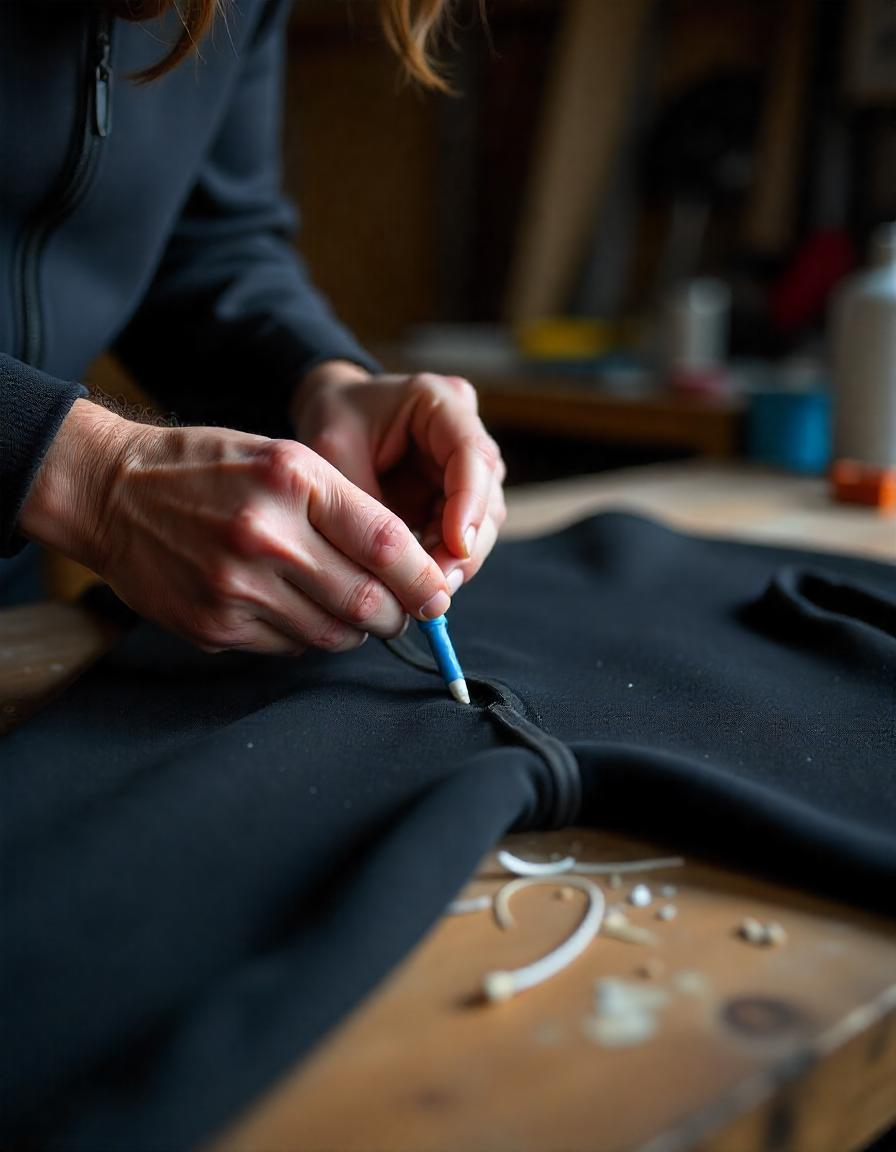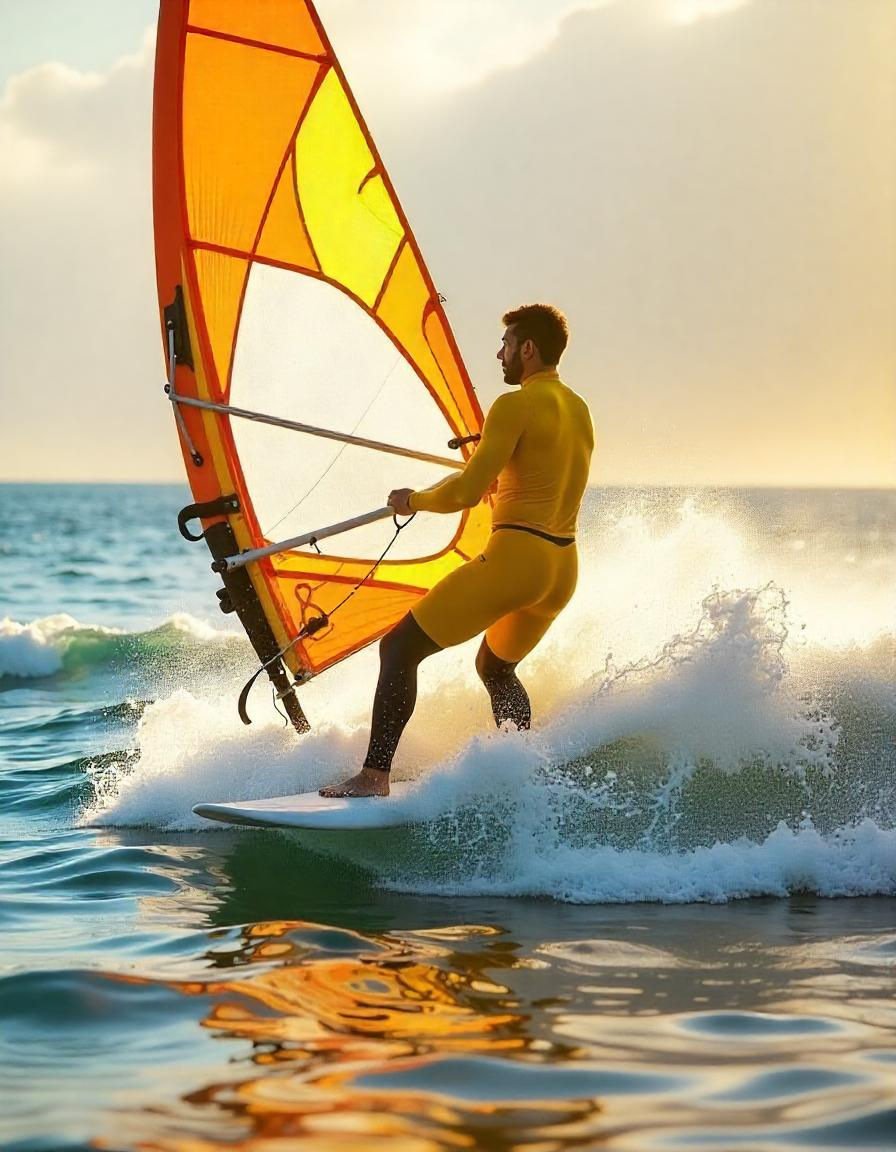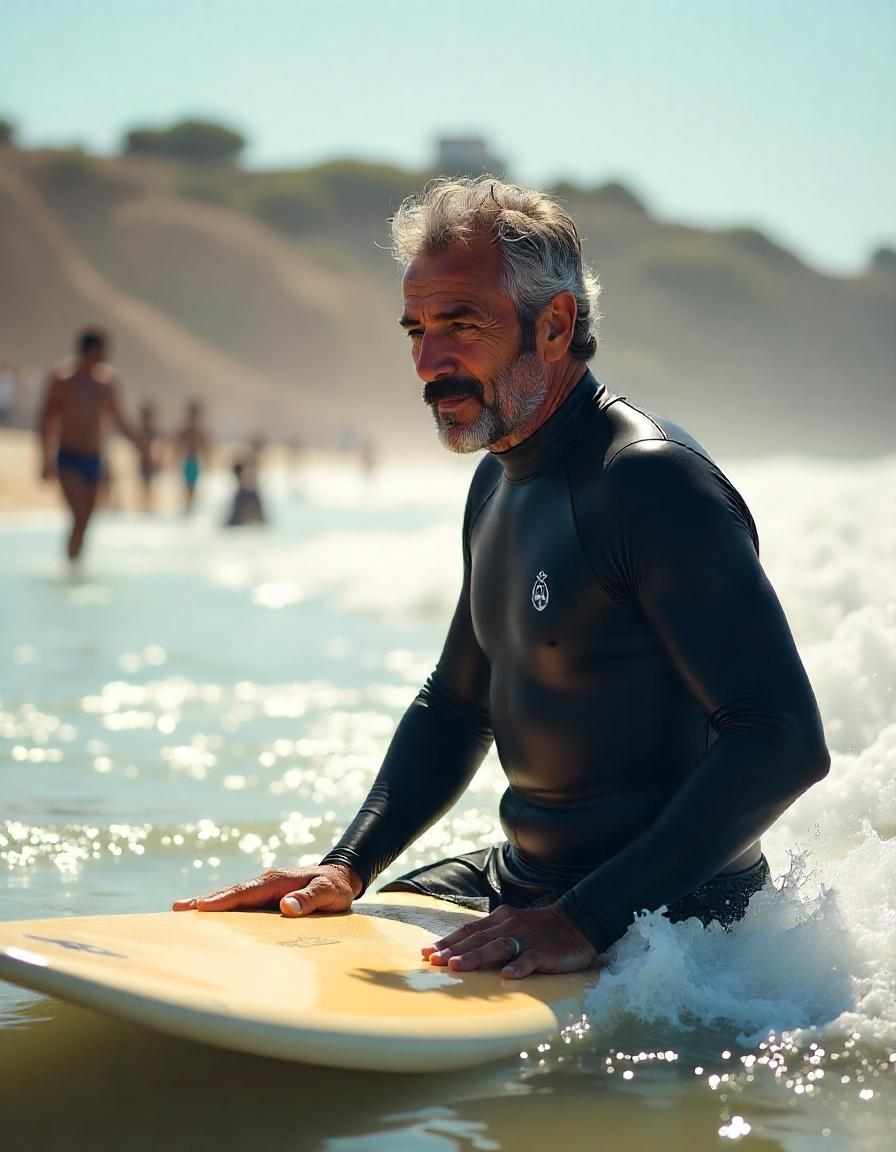Surfing in cold water can be thrilling, but staying warm is vital for both comfort and safety. With the right preparations and gear, you can enjoy the waves even when temperatures drop. This cold water surfing guide will provide you with practical tips to maximize warmth, energy, and enjoyment throughout your session.
Why Staying Warm Matters
Cold water surfing puts extra strain on your body. Exposure to low temperatures can lead to quick energy loss, reduced mobility, and, in extreme cases, hypothermia. By layering up with the right equipment and adopting smart habits, you can keep your body warm, extend your time in the water, and improve your overall performance.
Essential Cold Water Surfing Gear
1. Wetsuit for Cold Waters
A high-quality wetsuit is your first line of defense against chilly conditions.
- Thickness: Opt for a 5/4mm or 6/5mm suit to trap body heat in cold environments.
- Sealed Seams: Look for glued and blind-stitched or liquid-sealed seams to minimize water entry.
- Hooded Wetsuits: A built-in hood helps retain heat in your head, one of the body’s primary heat-loss regions.
Pro Tip: Ensure the wetsuit fits properly to prevent water flushing and maintain warmth.
2. Boots and Gloves
Cold water demands extra protection for your extremities.
- Boots: Choose 5mm to 7mm neoprene boots with double lining; split-toe designs offer better grip.
- Gloves: Thick, 5mm neoprene gloves keep your fingers warm without compromising paddle power. Look for pre-curved designs for added comfort.
3. Thermal Layers
Wear a thermal rash vest or neoprene undershirt beneath your wetsuit for additional insulation. Some even include fleece linings to improve heat retention.
4. Surfboard Wax for Cold Water
Cold water wax provides better traction on your board in icy conditions, ensuring you don’t slip while paddling or popping up.
5. Dryrobe or Surf Poncho
After a session, a warm towel poncho or Dryrobe helps you retain heat while you change out of your wetsuit.
Preparation Tips
1. Warm Up Before You Surf
Stretching and light exercises before entering the water get your blood flowing and your muscles loosened. A quick jog or jumping jacks can help elevate your temperature, reducing the shock of the cold water.
2. Hydrate and Energize
Cold dehydrates your body, so proper hydration is crucial. Snack on energy-rich foods like nuts or energy bars beforehand to fuel your session.
3. Use Warm Water in Your Wetsuit
Pouring warm water into your wetsuit before you enter the ocean can make the initial plunge more tolerable. It acts as a thermal primer, easing your body into the chill.
4. Check Weather and Water Conditions
Know the temperature and winds before heading out. Strong winds can intensify cold, so choose sheltered breaks when possible.
Staying Warm in the Water
1. Keep Moving
Constant motion generates body heat, so avoid staying still for too long. Paddle out, catch waves, and stay physically engaged to keep your core temperature up.
2. Control Breathing
Cold shock can make you breathe rapidly. Practice slow, steady breaths to keep your body calm and adjust to the cold water more quickly.
3. Duck-Dive Efficiently
When duck-diving under waves, protect your face by tilting your head slightly downward to limit exposure to the icy water.
4. Avoid Overexertion
While staying active is essential, overexerting yourself can lead to exhaustion, which lowers your body heat. Pace yourself during your session.
5. Use the Buddy System
Surfing with a friend is safer, especially in colder conditions. Your buddy can assist if you encounter issues like hypothermia or cramping.
Post-Surf Recovery
1. Change into Warm, Dry Clothes
Immediately switch out of your wetsuit and into dry clothing after exiting the water. Layer up with fleece and insulated jackets to warm your core.
2. Drink Something Hot
A thermos of hot tea, coffee, or broth can quickly raise your internal temperature and restore energy.
3. Rehydrate and Refuel
Replace lost fluids and electrolytes with water or sports drinks. Fuel up on a meal rich in proteins and carbs to help your body recover.
4. Warm Showers (if Possible)
Rinsing off with warm water helps prevent afterdrop, the chilly sensation that happens when surface blood vessels open up post-activity.
5. Warm Your Wetsuit
Rinse your wetsuit with lukewarm water to remove salt while thawing it out for your next session. Hang it in a warm, ventilated space to dry thoroughly.
Mistakes to Avoid
- Skipping Gear for Your Head or Extremities: Without boots, gloves, or a hood, heat loss can happen rapidly.
- Choosing the Wrong Wetsuit Thickness: A thin wetsuit won’t cut it in sub-10°C waters.
- Ignoring the Weather: Strong wind chills paired with cold water require extra preparation.
- Lingering Post-Surf in Wet gear: Staying in a damp wetsuit for too long can lead to rapid cooling and possibly hypothermia.
Final Thoughts
Surfing in cold waters can be both rewarding and challenging, but staying warm ensures you can ride waves comfortably and safely. With the right wetsuit, protective gear, and preparation habits, winter surfing can become an adventure worth braving.
Call to Action
Don’t fear the chill! Use these cold water surfing tips to gear up and face the elements. Invest in quality surf equipment, prepare properly, and experience the unique thrill of cold water waves with confidence!





